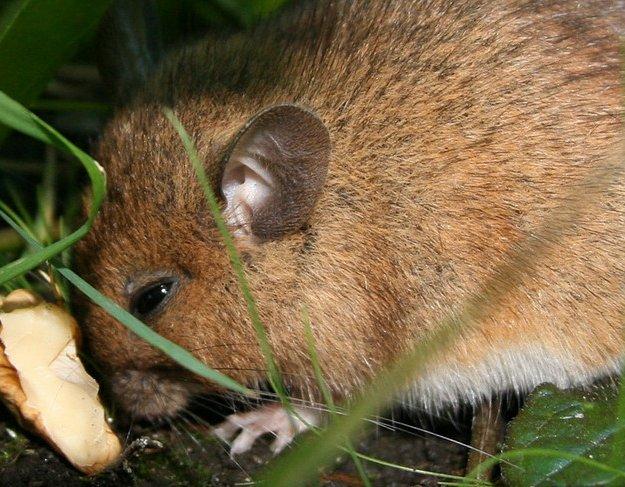Scientific Classification
Kingdom: Animalia
Phylum: Chordata
Class: Mammalia
Order: Rodentia
Family: Muridae
Genus: Mus
Species: Mus agrarius Pall
Distribution and habitat
It can be found in Europe, Siberia, Central Asia and at the height of 2000 metres in the mountains.
Forests, forestsides, gardens, large treeless plains, and haystack are its hiding places. In winter it hides in chambers, warehouses, houses, and as soon as possible it settles down in the upper part of the apartment, in the attic.
Morphology and build-up
This species is approximately 20 cm long, the body length is 6-8 cm. It has yellowish-brown body and tail, while its legs and belly are white. It has eight teats.
Nutrition
It consumes ears of cereals, grasses, seeds of cherry and beech, walnut and cortex in tight situations. However, likes to eat insects, worms and even small birds may also be a part of its diet. It is typical that it accumulates supply for winter.
Habits
It does not hibernate in winters. It is active day and night, though can rarely be seen during the day as is more active at night. Has poor vision, but its hearing is very sensitive, especially for high-pitched sounds. Moves deftly, jumps and swims well.
Reproduction
Like all mouse species, it is a very reproductive animal, especially in warm places, where it procreates throughout the year. It gives birth 5-6 times per year. Can have up to 1000 offsprings when the appropriate circumstances are granted. Expectation of life is 2-4 years.
Role in the ecosystem
Rodent. It is in the diet of predacious birds.
Role in the soil
If the soil is soft, "spongy", it is likely that there is this species present.
Endangerment
Not endangered animal.
Exploitation by humans
Causes a lot of damage for people. In winter, chews a lot of things ensconcing into houses.
